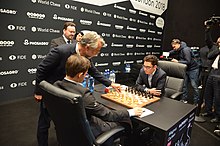Herbert Bayer was an Austrian and American graphic designer, painter, photographer, sculptor, art director, environmental and interior designer, and architect. He was instrumental in the development of the Atlantic Richfield Company's corporate art collection until his death in 1985.
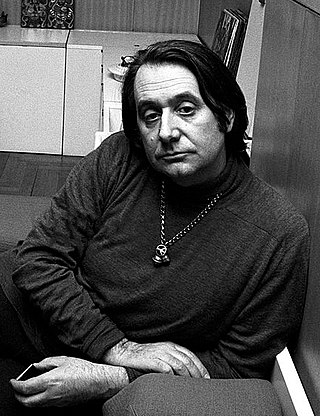
Ettore Sottsass was a 20th-century Italian architect, noted for also designing furniture, jewellery, glass, lighting, home and office wares, as well as numerous buildings and interiors — often defined by bold colours.

Beaux-Arts architecture was the academic architectural style taught at the École des Beaux-Arts in Paris, particularly from the 1830s to the end of the 19th century. It drew upon the principles of French neoclassicism, but also incorporated Renaissance and Baroque elements, and used modern materials, such as iron and glass, and later, steel. It was an important style and enormous influence in Europe and the Americas through the end of the 19th century, and into the 20th, particularly for institutional and public buildings.
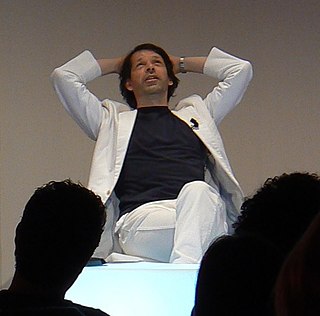
Peter Andrew Saville is an English art director and graphic designer. He designed many record sleeves for Factory Records, which he co-founded in 1978 alongside Tony Wilson and Alan Erasmus.

Marcel Lajos Breuer was a Hungarian-German modernist architect and furniture designer. He moved to the United States in 1937 and became a naturalized American citizen in 1944.

The Latin American Art Museum of Buenos Aires is an art museum located on Figueroa Alcorta Avenue, in the Palermo section of Buenos Aires.

Neville Brody, is an English graphic designer, typographer and art director. He is known for his work on The Face magazine (1981–1986), Arena magazine (1987–1990), and designing record covers for artists such as Clock DVA, Cabaret Voltaire, The Bongos, 23 Skidoo and Depeche Mode. He created the company Research Studios in 1994 and is a founding member of Fontworks. His work is included in the permanent collection of the Museum of Modern Art (MoMA). He was the Dean of the School of Communication at the Royal College of Art, London until September 2018. He is now Professor of Communication.

Misha Black was a British-Azerbaijani architect and designer. In 1933 he founded with associates in London the organisation that became the Artists' International Association. In 1943, with Milner Gray and Herbert Read, Black founded Design Research Unit, a London-based Architectural, Graphic Design and Interior Design Company.
Karl Emanuel Martin "Kem" Weber (1889–1963) was an American furniture and industrial designer, architect, art director, and teacher who created several iconic designs of the Streamline style.

Pentagram is a design firm. It was founded in 1972, by Alan Fletcher, Theo Crosby, Colin Forbes, Kenneth Grange, and Mervyn Kurlansky at Needham Road, Notting Hill, London. The company has offices in London, New York City, San Francisco, Berlin and Austin, Texas. In addition to its influential work, the firm is known for its unusual structure, in which a hierarchically flat group of partners own and manage the firm, often working collaboratively, and share in profits and decisionmaking.

The Compasso d'Oro is an industrial design award originated in Italy in 1954. Initially sponsored by the La Rinascente, a Milanese department store, the award has been organised and managed by the Associazione per il Disegno Industriale (ADI) since 1964. The Compasso d'Oro is the first, and among the most recognized and respected design awards. It aims to acknowledge and promote quality in its field in Italy and internationally, and has been called both the "Nobel" and the "Oscar" of design.
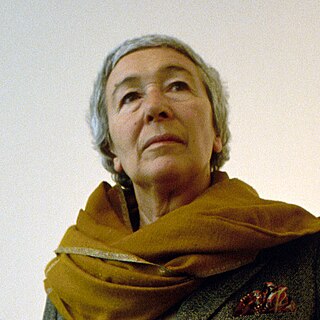
Gaetana "Gae" Aulenti was an Italian architect and designer known for her work in furniture design, graphic design, stage design, lighting design, exhibition and interior design. She contributed to the design of various museums, including the Musée d'Orsay in Paris, the Contemporary Art Gallery at the Centre Pompidou in Paris, the restoration of Palazzo Grassi in Venice, and the Asian Art Museum of San Francisco.

Vitra is a Swiss family-owned furniture company with headquarters in Birsfelden, Switzerland. It is the manufacturer of the works of many furniture designers. Vitra is also known for the works of notable architects that make up its premises in Weil am Rhein, Germany, in particular the Vitra Design Museum.

Ron Arad, is a British-Israeli industrial designer, artist, and architectural designer.

Marco Zanuso was an Italian modernist architect and designer.

Franco Albini was an Italian Neo-Rationalist architect, designer and university instructor in design.
Frederick Henri Kay Henrion, RDI, OBE, was a Nuremberg-born German graphic designer.
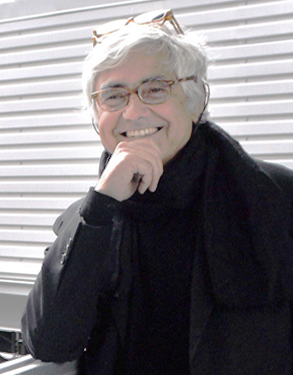
Rafael Viñoly Beceiro was an Uruguayan-born architect based in New York. He was the principal of Rafael Viñoly Architects, which he founded in 1983. The firm has offices in New York City, Palo Alto, London, Manchester, Abu Dhabi, and Buenos Aires. Viñoly designed landmark buildings internationally.
Lorenzo Apicella, AIA, RIBA, FRSA, is an Italian architect.

Andrea Branzi was an Italian architect, designer, and academic. He was born and raised in Florence, though he lived and worked in Milan for much of his career. He was a professor and chairman of the School of Interior Design at the Polytechnic University of Milan until 2009.
